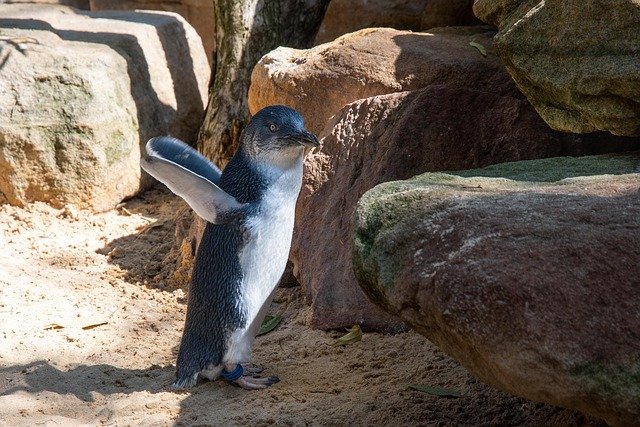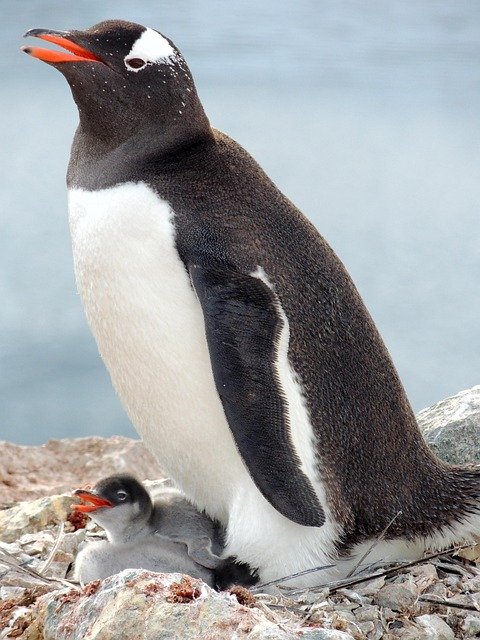**Title: "Penguin Adaptations: Surviving the Harshest Environments on Earth

Penguin Adaptations: Surviving the Harshest Environments on Earth
Penguins are fascinating creatures that have adapted remarkably to thrive in some of the most extreme environments on our planet. Found primarily in the Southern Hemisphere, particularly in Antarctica, these flightless birds exhibit a range of unique adaptations that enable them to survive and thrive in frigid temperatures and harsh conditions.
Physical Adaptations
1. Body Shape and Size
Penguins have a streamlined body shape that reduces drag while swimming. Their compact size helps minimize heat loss in cold environments. The larger species, like the Emperor Penguin, have a layer of fat under their skin that provides insulation against the freezing temperatures.
2. Feathers
Penguin feathers are short, stiff, and densely packed, creating a waterproof barrier that keeps them dry. The outer layer of feathers is coated with a natural oil, which aids in waterproofing and insulation. Beneath these feathers lies a layer of down feathers that trap air and provide additional warmth.
3. Flippers
Instead of wings, penguins possess flippers that are adapted for swimming. These flippers allow them to navigate through water with agility, enabling them to catch fish and evade predators. Their strong pectoral muscles provide the power needed for diving and swimming at high speeds.
Behavioral Adaptations
1. Social Structure
Penguins are highly social animals that often live in large colonies. This social behavior helps them maintain warmth during harsh weather conditions. By huddling together, they reduce heat loss and protect themselves from strong winds and freezing temperatures.
2. Breeding Strategies
Many penguin species have unique breeding strategies that enhance their survival. For instance, Emperor Penguins breed during the harsh Antarctic winter. Males incubate the eggs on their feet under a flap of skin called a brood pouch, allowing them to keep the eggs warm while the females hunt for food.
3. Foraging Techniques
Penguins have developed efficient foraging techniques to find food in icy waters. They can dive deep and hold their breath for several minutes while hunting for fish and krill. Their excellent eyesight allows them to spot prey even in murky waters.
Conclusion
Penguins are a testament to the power of adaptation in the face of extreme environmental challenges. Their unique physical and behavioral traits not only allow them to survive but also thrive in some of the harshest conditions on Earth. As climate change and human activities continue to impact their habitats, understanding these adaptations becomes increasingly important for their conservation and survival.
References
Feel free to share your thoughts on penguin adaptations or any questions you may have in the comments below!
